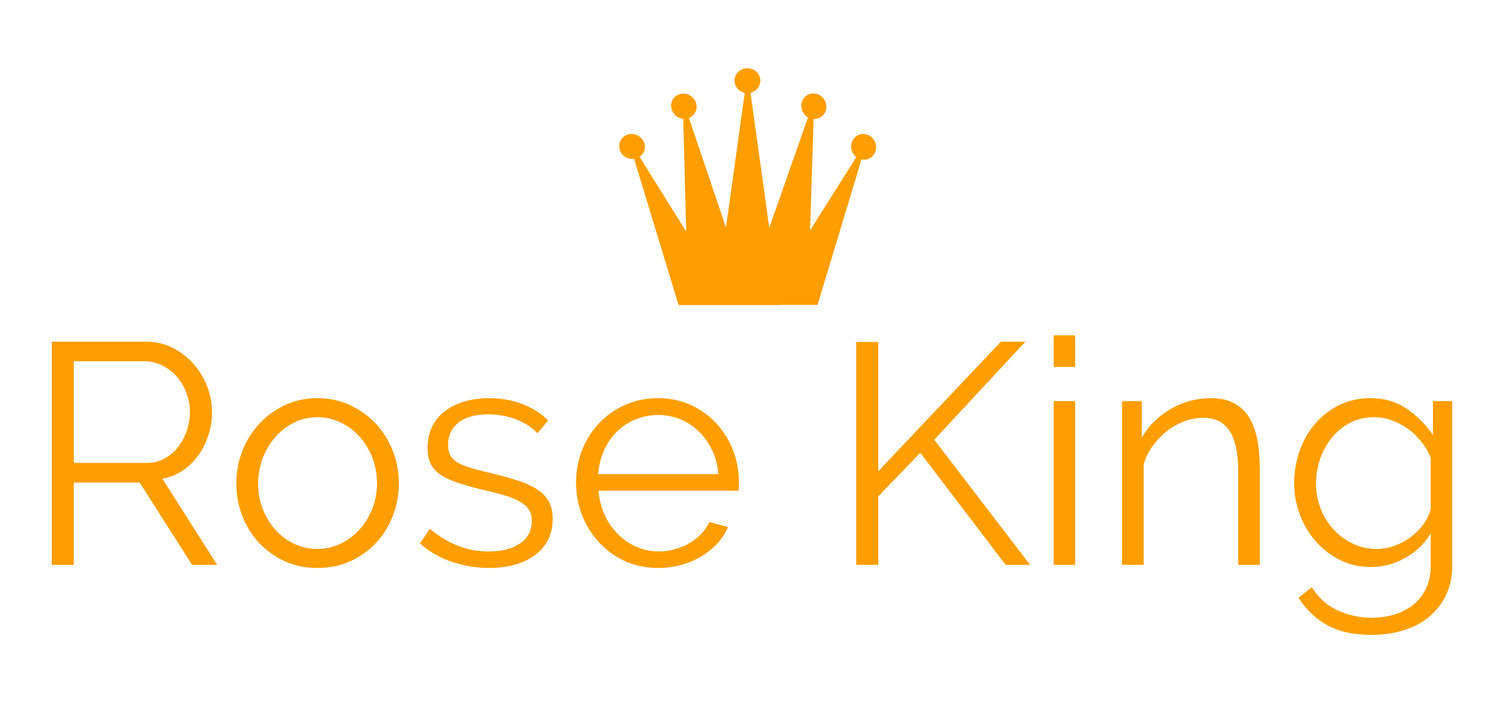A few days ago, I had coffee with a retired banking exec who was curious about speechwriting. “How does it ACTUALLY work?” he asked.
I explained the process to him and, that night, came across a blog addressing this very topic. It’s written a colleague of mine, Dean Foust, who runs CEO Speechwriters. In his blog, Dean highlights the key points of this relationship. If you too are interested in this process, read on …
How To Work With An Executive Speechwriter by Dean Foust
Early in their careers, many managers and junior executives write their own remarks for a town hall or conference presentation. As they climb the corporate ladder, though, the less time they have for writing. And yet this is when the stakes are far greater. A poorly told joke or a snore of a speech could derail their career.
This is when hiring an executive speech writer can make the difference between success and failure for CEOs and other leaders.
A great speechwriter knows how to help you create the messages that move audiences to action, using storytelling, rhetoric, and neuroscience. An even more experienced writer can also provide the presentation and speech coaching to help an executive command the room with their voice, body language, and stage movements.
One of the questions I get from prospective clients is about how the process works. This is the three-step process that I’ve used to support an untold number of executive clients:
1. INITIAL PLANNING
Before meeting with your writer, make sure they have access to the person or organization that invited you to speak. A good writer will consult with the hosts first to ask about the audience and what they either want or need to hear.
They’ll also gather as much info as possible from the event sponsors on the logistics of the event as possible. This includes the audience size, room dimensions, acoustics, seating, stage height, screen size, entrance and exit, availability of TelePrompTers and confidence monitors, and so much more.
They can also negotiate other terms such as the introduction, length of your speech, whether there’s a Q&A, and even your speaking slot on the conference agenda. A veteran speechwriter knows to avoid having a client speak either right before or after lunch (when the audience is too hungry, or too full and sleepy, to listen) — or as the final speaker (when some attendees have left for the airport).
Hold a kickoff meeting with your writer as early as possible. And don’t think just about what you want to say, think about what you hope to achieve. Specifically, a good speechwriter will ask you:
How will you define success after your speech?
Who is the audience?
How do you want the audience to feel? Neuroscience has shown most humans make decisions on emotion and then look for the facts that justify their decision. Great speeches are built around compelling stories, not data dumps.
And most importantly, what do you want the audience to do after hearing you speak? Don’t assume the audience knows what to do next — tell them!
2. THE WRITING AND EDITING
A good writer will walk in not just with details of the speaking opportunity, but with a preliminary outline. Be prepared to give them feedback — and allow them to record your conversation on their phone. This helps them be accurate, and it also helps them capture your syntax and speaking style.
They’ll also ask questions such as:
Which business leaders do you admire (and better yet, quote)? Which authors do you read? Including an inspiring quote helps elevate the speaker to the level of the person being quoted.
Who in your organization can provide the info they need? They’ll need facts, statistics, and other details — and knowing who to contact saves them time (it also helps if they can invoke your name).
Who should they show their drafts to? And who has final signoff before it comes back to you? One problem speechwriters have is that too many people want to weigh in with their opinions. That’s particularly true is the speech is for the CEO. By designating the people whose opinions count, you help your speechwriter avoid what I call “drive-by editing.”
A great speech will require a few drafts:
Draft 1 will be circulated among the Subject Matter Experts (SMEs) and other executives who helped your writer. The speaker won’t see these preliminary drafts.
Once the SMEs sign off, you will receive Draft 2 for your feedback. You can provide your feedback either by email or in person with the writer.
Once you sign off, the writer will ask you how you want them formatted? Do you want a full script? Or shorter talking points?
An experienced speechwriter can also create your slides (or work with the slide designers) — but won’t start until AFTER you signed off on the written remarks. Ideally, the slides will be simple and have as few words as possible. By saving the slides until last, you avoid the risk of starting with text-heavy slides that you read on stage.
3. REHEARSALS WITH COACHING
Even though many executives believe they’re too busy to rehearse, it’s important to carve out at least 60 to 90 minutes to rehearse with a coach (and if you hire an experienced speechwriter, they can provide the coaching).
An experienced speechwriter can help you perfect your delivery during your rehearsal. While you can hire a presentation coach separately, an experienced speechwriter can help you choreograph your words with your stage movements. The speechwriter can also help tweak your script or talking points if you’re stumbling over words or struggling with long sentences.
A good rehearsal will cover everything from your entrance, your posture and hand gestures, to how you move about the stage and how you end.
Hiring a talented speechwriter isn’t as cheap as doing it yourself. But it’s a small price to pay if you want to deliver a speech that people will talk about for years.







![Welcome 2020! Next year, I’ll put a new spin on my blog by taking on speech reviews. See you then! [Photo Credit: Jamie Street on Unsplash.]](https://images.squarespace-cdn.com/content/v1/56b15eefb6aa6091b8ce7fc2/1587599118045-LOZ4SMSW85L7Z5DI1VV3/jamie-street--d6kTMGXV6E-unsplash.jpg)
![Communicate in the ‘right’ direction by focusing on the audience: find out what’s on their mind before writing your content. [Photo credit: Nick Fewing]](https://images.squarespace-cdn.com/content/v1/56b15eefb6aa6091b8ce7fc2/1573402500842-HD0NKY9ITC7RNLF35QAD/Rosemary+Nov+Photo.png)
![Churchill said, “If you have an important point to make, don’t try to be subtle or clever. Use a pile driver. Hit the point once. Then come back and hit again. Then hit a third time – a tremendous whack.” [Photo Credit: Arthur Osipyan]](https://images.squarespace-cdn.com/content/v1/56b15eefb6aa6091b8ce7fc2/1571268101728-A6CXC1FA14ELOM0M5JZH/Image.jpg)
![You don’t have to fill every silence with noise. [Photo Credit: Nycholas Benaia]](https://images.squarespace-cdn.com/content/v1/56b15eefb6aa6091b8ce7fc2/1553608301347-U2A5T079ESX9CEJ3TY42/image-asset.jpeg)
![What’s the threshold for effective communication? Turns out it’s 100 beats per min. [Photo credit: Daniel Canibano]](https://images.squarespace-cdn.com/content/v1/56b15eefb6aa6091b8ce7fc2/1551987983097-5DNTTUK0EMEA1BACH9FG/daniel-canibano-540359-unsplash.jpg)
![Be clear upfront: a speech isn't a mystery novel. [Photo Credit: Chrisin Hume]](https://images.squarespace-cdn.com/content/v1/56b15eefb6aa6091b8ce7fc2/1532110242323-QUHKUL90D6TC513YEDJS/christin-hume-482925-unsplash.jpg)
![Grab your audience's attention from the get-go & don't let go! [Photo credit: rawpixel]](https://images.squarespace-cdn.com/content/v1/56b15eefb6aa6091b8ce7fc2/1527802583792-1WVU7PLBMEIQT2NATXTT/rawpixel-640561-unsplash.jpg)